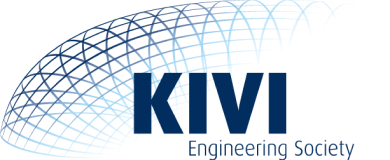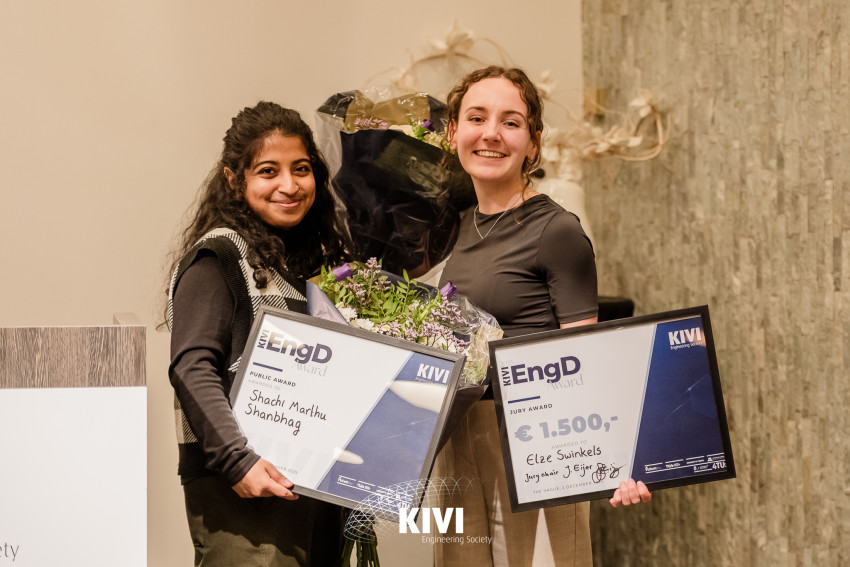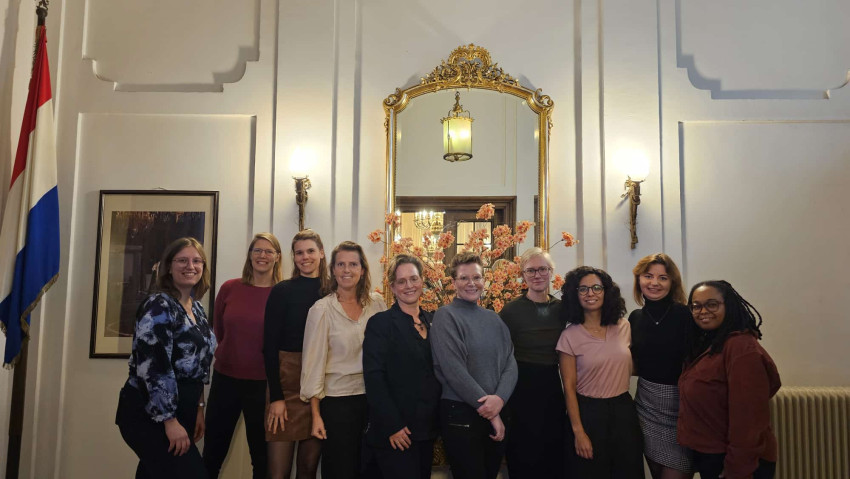
When you hear “Avantium”, you may be forgiven for thinking “Ah yes, the PEF-guys”.
For those who just arrived on earth from outer space: PEF is a polyester, based on FDCA and MEG (2,5-Furandicarboxylic acid and ethylene-glycol). Producing FDCA from sugar (the YXY technology) has been Avantiums main claim to fame – until now. But no sooner has the news cooled about the first 50,000 tpa production plant, which is going to be built in Antwerp (see News Archive, 21 March), or two pilot plants for other processes have been announced to go up at Chemelot in Limburg.

Getting the sugar
Using sugar from beets or cane or starch takes away some of the shine from being a ‘green raw material’, as it competes with the food supply. The race is therefore on to find a second generation or ‘2g’ source of sugar – such as from wood or bagasse – that does not have this draw back. Many processes exist, but none can profitably produce the pure C6-sugars needed for the production of FDCA. The Bergius-Rheinau process, fits the bill to produce a pure C6 product, but is much too expensive. It has been around for a hundred years, and was used to produce sugar during the 2nd world war. It uses concentrated HCl to dissolve first the hemi-cellulose (which can then be used to produce 2G bio-ethanol) followed by dissolving the cellulose with HCl of a different concentration. The process was hampered by the high cost of HCl recovery. For one thing it required 15 tons of water for each ton of sugar. Avantium has now developed a – so far proprietary – process to separate HCl from the sugars and HCl from lignin, that promises to make 2G sugar affordable. This project, called ‘Zambezi’, is the first candidate for a pilot at Chemelot.
MEG
What remains is producing bio ethylene-glycol. Coca Cola already does that for its ‘green PET’ (which, by the way, is only partially green, for the phtalic acid is still ‘gray’), but the route is cumbersome and inefficient. Consider: fermenting sugar to ethanol, dehydrating this to ethylene, oxidizing that to ethylene oxide and finally hydrolyzing to MEG. Hydrogenolysis could be an alternative, but leads to a whole range of products.
Avantium has now developed a new – proprietary – catalyst, with a high selectivity, which leads to a 70% selectivity for MEG. In their Mekong project (all their projects have the name of a river) this catalyst will be tested in their second pilot plant in Chemelot, which is expected to go up a year after the first.


